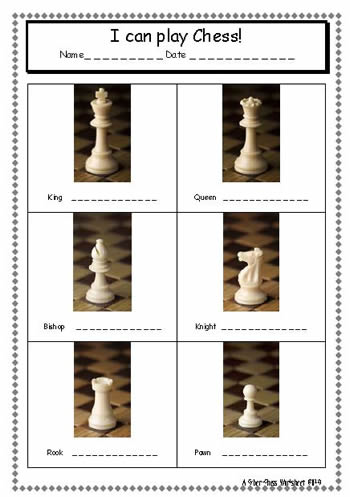

In addition, they are frequently one of the first pieces to get there. Thus, they are best used towards the centre of the board. Fundamental tacticsīecause of their unusual mobility, knight pieces may frequently conceal flaws that other pieces leave exposed. In addition, an interesting feature of the knight is that it can jump over any other piece to get to its destination. It can only go to one of the board’s eight possible spots, provided that it is not occupied by another piece of the same colour. The Knight piece may move two squares ahead, backward, left or right, and then one square in each perpendicular direction. The piece only moves in the shape of an uppercase “L.” Unlike rooks, bishops, and queens, it has a restricted amount of squares it may travel over. The Knight chess piece moves in an enigmatic manner. This implies it is no longer blocked from reaching the other side of the board by opposing pawns.

Therefore, After capturing the sentries of a pawn piece, the pawn is now regarded free. In most circumstances, your candidate piece would advance first, followed by its assistant pieces, to ensure its safety.

A pawn piece is referred to as a candidate when it is attempting to reach the other side of the board. Also, These are the pawn pieces next to it that can be utilised to assist the pawn chess piece to cross the board. In addition, they also make it harder for your pawn to cross the board.Įach of your pawn chess pieces has an assistant. Your opponent may employ these pawns to capture your pawn. Sentries are the opponent’s pawn chess pieces that sit directly across from it but are separated by one square to the left as well as right. However, when a pawn’s counter pawn is taken, the pawn is regarded as half-free.Įach piece on the board is also surrounded by opposing pawns known as sentries. Pawn termsĪt the start of the game, all pawns are regarded as unfree or incapable of reaching the opposite side of the board due to their counter pawns. Each pawn on your board has its own counter pawn at the start of the game. The counter pawn is your opponent’s pawn right across the board from your own piece. Similarly, the pawn second from the right would be referred to as the KN-pawn (King Knight Pawn). At the start of the game, for example, the pawn on the far left side is called the Queen Rook Pawn. Pawns on the Queen’s side of the board are referred to as the Queenside, whereas pawns on the King’s side of the board are referred to as the Kingside. Furthermore, the pawns on each side of the king and queen are given the names Bishop Pawn and Knight Pawn. The two outside pawns are known as Rook Pawns, whereas the pawns in front of the King and Queen at the start of a game are known as King Pawn and Queen Pawn, respectively. Now that you know how pawns move, let us look at the different names for each pawn as all pawns are not created equal. Secondly, when capturing an opponent’s chess piece, pawns can travel diagonally forward.Īnother rule to note is that when a pawn reaches the other side of the chessboard, the player may trade it in for any other chess piece except for another king. Firstly, pawns can only move two squares forward on their first move. However, despite this, pawns may move in both basic and sophisticated ways.Ī pawn can only travel forward one square until it reaches the other side of the board, but, there are two exceptions to this rule. Compared to other pieces, the pawn has the fewest choices for movement.


 0 kommentar(er)
0 kommentar(er)
